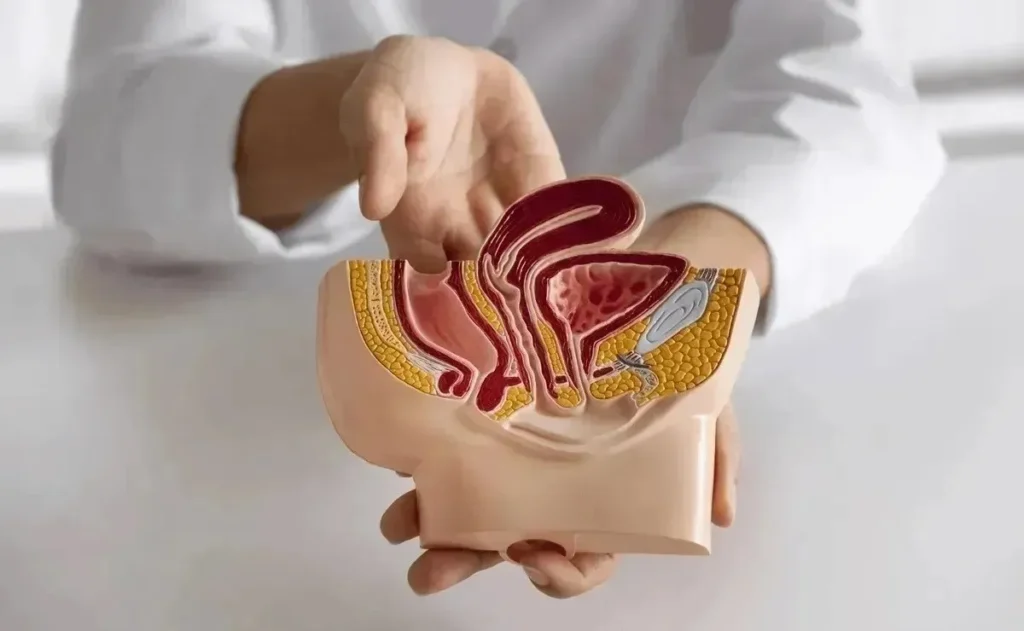Cancer isn’t the only threat to the prostate. Learn to differentiate between prostatitis, benign prostatic hyperplasia, and other common disorders.
Detecting any prostate problem early can make the difference between effective treatment and serious complications.
Although cancer is the most feared disease, other common prostate diseases also require medical attention.
The prostate, a gland unique to the male reproductive system, can be affected by a variety of conditions as men age.
After age 40, prostate problems become more common, and they are not always related to cancer. Knowing the symptoms and types of diseases that can develop in this gland is crucial for maintaining urological health.
The main diseases that affect the prostate
1. Prostatitis: inflammation with persistent pain
Prostatitis is an inflammation of the prostate that can manifest itself acutely or chronically and can affect men of any age. Its symptoms include:
- Pain when urinating or ejaculating
- Frequent urinary urgency, especially at night
- Discomfort in the lower back, pelvis, or genitals
- Fever and chills (in bacterial infections)
Although it is often caused by bacteria, it can also be linked to stress or neuromuscular factors. A medical diagnosis is essential to initiate appropriate treatment.
2. Benign Prostatic Hyperplasia (BPH): non-malignant enlargement
BPH, or benign prostatic hyperplasia, is a noncancerous growth of the prostate, common in men over 50. This enlargement can put pressure on the urethra, making urination difficult. Its signs include:
- Weak or interrupted urinary flow
- Sensation of incomplete bladder emptying
- Dribbling at the end of urination
- Recurrent urinary tract infections
If not treated promptly, it can lead to acute urinary retention or kidney damage.
3. Prostate cancer: the most feared among men
Prostate cancer is one of the most common types of cancer in men over 60. In its early stages, it may not present obvious symptoms. However, in more advanced stages, the following may appear:
- Bleeding in urine or semen
- Bone pain, especially if there is metastasis
- Erectile dysfunction
- Unexplained weight loss
Early detection through prostate-specific antigen (PSA) and digital rectal examination is essential for effective diagnosis and treatment.
4. Prostatodynia: pelvic pain without infection
Also known as chronic pelvic pain syndrome, prostatodynia causes symptoms similar to prostatitis, but without evidence of infection. Its symptoms include:
- Persistent pain between the scrotum and anus
- Discomfort when sitting for long periods
- Painful urination without bacteria on a urine test
This condition can be associated with stress, pelvic muscle tension, or psychological factors. Treatment often includes physical therapy, relaxation techniques, and pain management.
Medical surveillance and early diagnosis: keys to prostate health? Prostate diseases
can significantly affect a man’s quality of life. Therefore, seeing a urologist regularly, especially after age 40, and paying attention to any urinary changes or pelvic pain can make a difference.
Regular prostate-specific antigen (PSA) testing and physical examinations can detect abnormalities at an early stage, when treatment is most effective.

